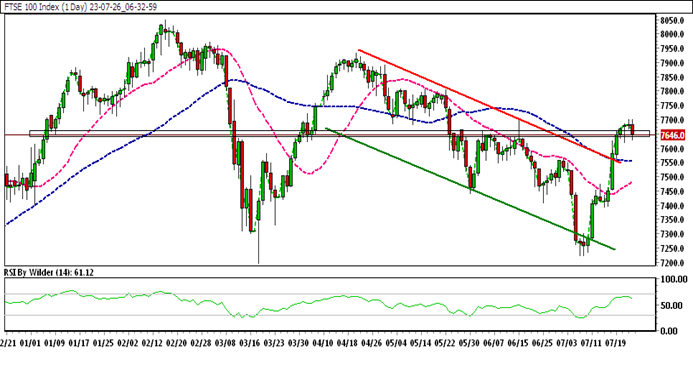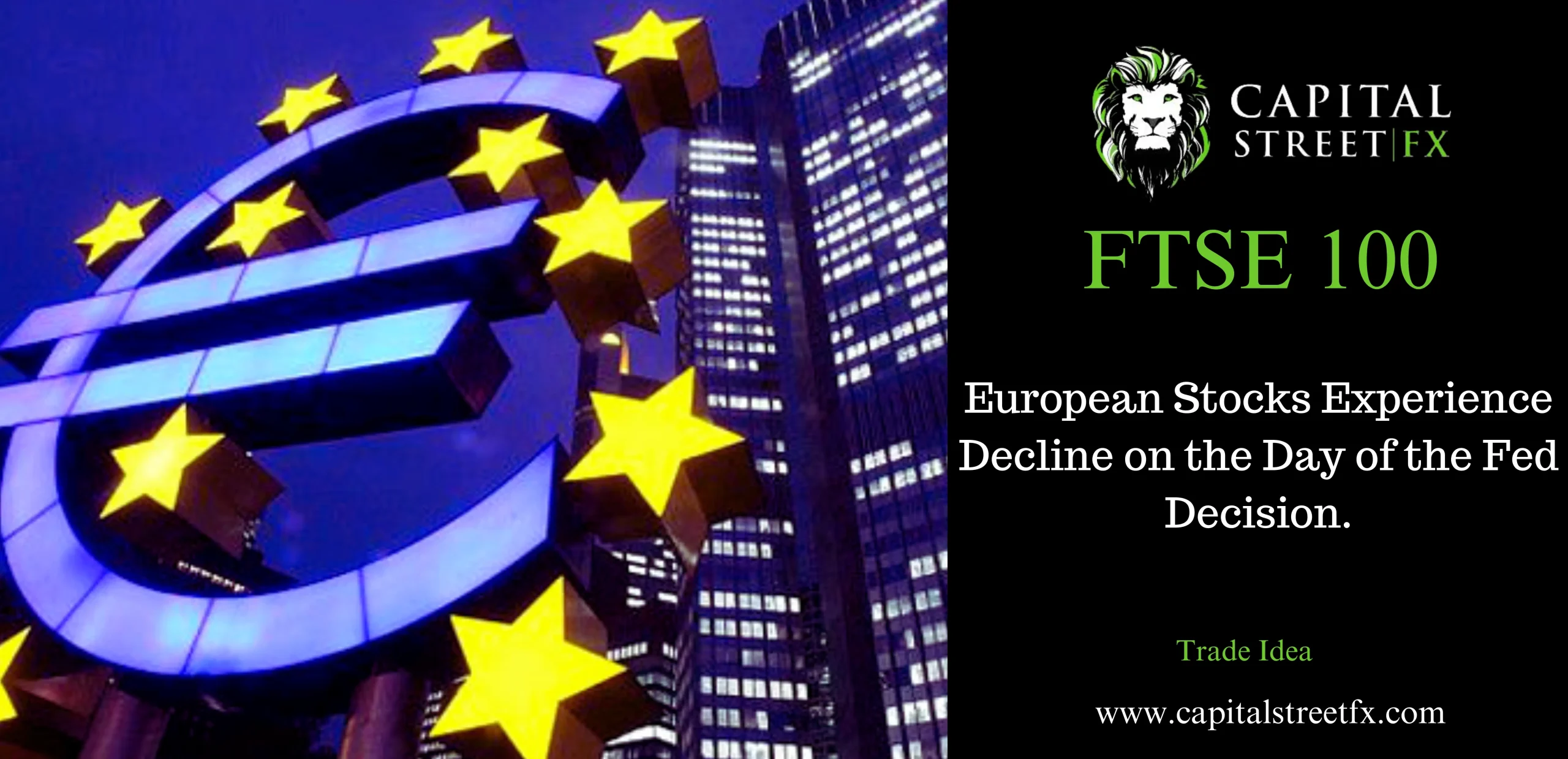European Stocks Experience Decline on the Day of the Fed Decision.
Introduction
In the wake of the U.S. Federal Reserve’s latest monetary policy statement, European stock markets witnessed a downturn despite a flurry of profits. This article delves into the factors contributing to this decline and highlights the standout performers amidst the challenging market conditions.
European Banks Face a 0.4% Decline Despite Exceeding Estimates
Deutsche Bank and UniCredit outperformed analyst expectations, presenting a promising scenario. However, European banks, as a whole, faced a slight dip of 0.4%. This decline raises questions about the broader implications for the region’s financial institutions.
Rolls-Royce Defies the Odds with a 20% Surge in Profits
In a surprising turn of events, British aerospace and defense company Rolls-Royce defied the market sentiment by projecting a 20% increase in profits for the year. This development has garnered significant attention and interest from investors.
Fed’s Interest Rate Decision Creates Uncertainty
Market participants eagerly await the Federal Reserve’s decision on its benchmark interest rate. The prevailing anticipation is that the Fed might raise its interest rate by 25 basis points, aligning it within the desired range of 5.25%–5.5%. Such a move could have far-reaching consequences for global financial markets.
Predictions of Mixed Market Openings
According to information from IG, European stocks are expected to open on a mixed note. The FTSE 100 is anticipated to open at 7,678, registering a decline of 14.7 points from its previous close.
Investor Vigilance Amidst Inflation Concerns
Investors are on high alert as they closely monitor any signals from the Federal Open Market Committee (FOMC). The committee’s views on the ongoing battle against American inflation, and whether they deem it secure enough to warrant a temporary pause, could significantly impact market sentiment.
FTSE 100 Technical Analysis – A Closer Look

Here’s a technical analysis of the FTSE 100’s daily chart:
- The FTSE 100 is presently trading in a downward channel, indicating a bearish trend.
- It currently stands above its 20 and 50 SMA (Simple Moving Average), implying a bullish stance.
- The RSI (Relative Strength Index) is in the buying zone, suggesting further bullishness.
- Conversely, the Stochastic indicator is signaling a negative trend.
- Immediate resistance is observed at 7704.3, while its immediate support level is at 7645.3.
How to Approach FTSE 100 Trading This Week
Given the FTSE 100’s recent price movement, it transitioned from a downward trend to an upward surge. Notably, it formed a bearish engulfing pattern at the resistance zone and is currently facing rejection from the resistance level. Should the immediate support be breached, a potential downside may be anticipated.
Trade Suggestion
Based on the technical analysis and prevailing market conditions, the following trade suggestion is proposed:
- Entry Point: 7588.7
- Target Price: 7473.9
- Stop Loss: 7677.6
Conclusion
In conclusion, European stocks experienced a decline on the day of the Fed decision, despite some companies outperforming expectations. The market’s cautious response and anticipation of the Fed’s interest rate decision have influenced investor sentiment. As the week unfolds, market participants will closely watch the FTSE 100’s movements and adapt their trading strategies accordingly.
Frequently Asked Questions (FAQs)
1. What caused the decline in European stocks despite profits?
The decline in European stocks can be attributed to broader market uncertainties, particularly the upcoming Federal Reserve interest rate decision.
2. Which companies outperformed analyst estimates?
Deutsche Bank and UniCredit surpassed analyst expectations, indicating strong performances.
3. What fueled the surge in Rolls-Royce profits?
Rolls-Royce’s profits soared due to increased projections in its aerospace and defense sectors.
4. Why are investors closely watching the Federal Open Market Committee?
Investors are attentive to the FOMC’s stance on inflation, as it could influence their decisions in the market.

